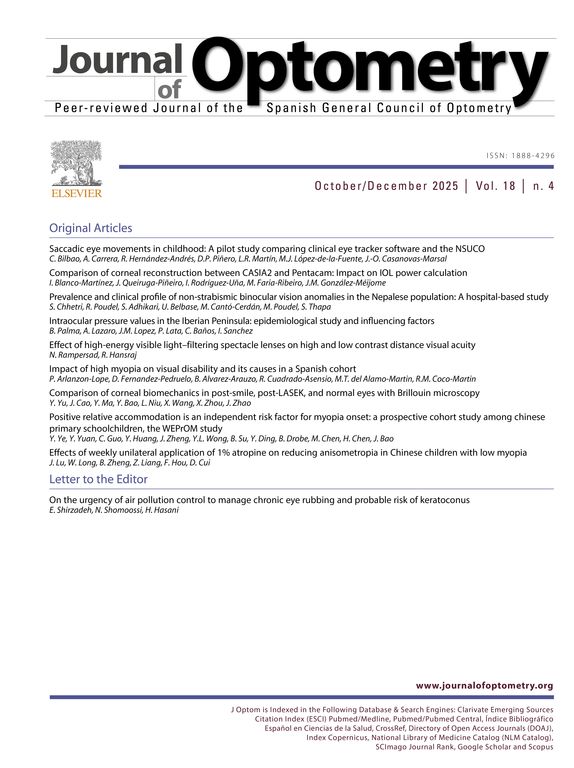was read the article
| Year/Month | Html | Total | |
|---|---|---|---|
| 2025 12 | 29 | 24 | 53 |
| 2025 11 | 52 | 41 | 93 |
| 2025 10 | 40 | 21 | 61 |
| 2025 9 | 55 | 35 | 90 |
| 2025 8 | 38 | 35 | 73 |
| 2025 7 | 25 | 34 | 59 |
| 2025 6 | 31 | 35 | 66 |
| 2025 5 | 48 | 33 | 81 |
| 2025 4 | 34 | 29 | 63 |
| 2025 3 | 30 | 31 | 61 |
| 2025 2 | 30 | 42 | 72 |
| 2025 1 | 26 | 57 | 83 |
| 2024 12 | 13 | 36 | 49 |
| 2024 11 | 63 | 39 | 102 |
| 2024 10 | 13 | 49 | 62 |
| 2024 9 | 13 | 48 | 61 |
| 2024 8 | 25 | 43 | 68 |
| 2024 7 | 24 | 25 | 49 |
| 2024 6 | 31 | 35 | 66 |
| 2024 5 | 30 | 31 | 61 |
| 2024 4 | 17 | 24 | 41 |
| 2024 3 | 13 | 20 | 33 |
| 2024 2 | 19 | 40 | 59 |
| 2024 1 | 48 | 29 | 77 |
| 2023 12 | 17 | 28 | 45 |
| 2023 11 | 17 | 35 | 52 |
| 2023 10 | 18 | 30 | 48 |
| 2023 9 | 11 | 34 | 45 |
| 2023 8 | 10 | 18 | 28 |
| 2023 7 | 12 | 29 | 41 |
| 2023 6 | 13 | 24 | 37 |
| 2023 5 | 10 | 20 | 30 |







